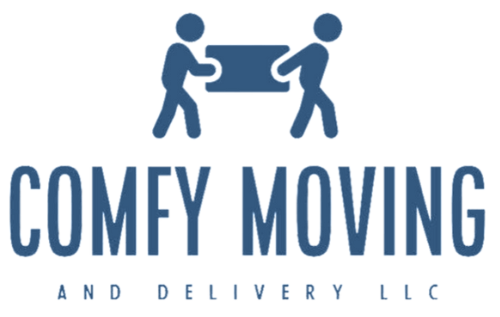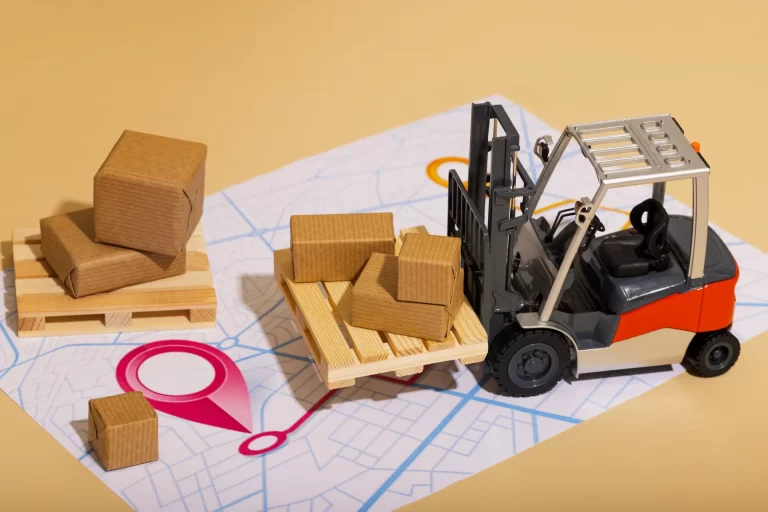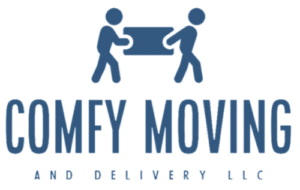Steps to Ensure Safety and Efficiency During Transportation
Transportation plays a vital role in various industries, whether it involves moving goods, people, or equipment. Ensuring safety and efficiency during transportation is crucial to avoid accidents, reduce costs, and improve overall performance. Here are some practical steps to achieve these goals.
1. Conduct Pre-Trip Inspections
Regular pre-trip inspections are a foundational practice for transportation safety. Before any journey, take the time to thoroughly check the condition of the vehicle or equipment. Pay close attention to essential components such as brakes, tires, lights, and fluid levels. Addressing even minor issues before departure can prevent major problems during transit. For freight transportation, ensure the cargo is securely loaded and balanced to prevent shifting, which can cause accidents or damage. A detailed inspection log can help identify recurring issues and ensure compliance with safety regulations.
2. Train and Certify Drivers
Skilled and responsible drivers are essential for maintaining safety and efficiency. Ensuring they are well-prepared for various challenges on the road is a priority. To achieve this, focus on the following aspects:
- Provide defensive driving training to help drivers avoid accidents.
- Conduct regular refresher courses on traffic laws and safety protocols.
- Ensure drivers are familiar with handling specific vehicle types or cargo.
- Verify that all drivers hold the necessary licenses and certifications.
3. Plan Routes Effectively
Effective route planning is one of the most cost-efficient ways to improve transportation outcomes. Consider traffic patterns, weather conditions, and road closures when mapping out the best routes. Tools like GPS systems and traffic monitoring applications can provide real-time updates, allowing drivers to adjust their paths as needed. For long journeys, it’s also important to plan rest stops and refueling points to reduce driver fatigue and ensure uninterrupted travel. A well-thought-out route minimizes delays and enhances fuel efficiency, ultimately saving time and money.
4. Use Reliable Technology
Technology plays a crucial role in optimizing transportation operations. Using the right tools can significantly enhance both safety and efficiency:
- Implement fleet management software to monitor vehicle locations, fuel usage, and maintenance needs.
- Use dashcams and telematics to track driver behavior and provide actionable insights.
- Equip vehicles with real-time GPS and route optimization systems.
- Leverage sensor technologies to monitor cargo conditions, such as temperature and humidity, during transit.
5. Ensure Proper Cargo Management
Proper cargo management goes beyond simply loading goods onto a vehicle. It involves ensuring that items are adequately secured to prevent damage and maintain vehicle stability. This is especially important for transporting hazardous materials, where compliance with safety regulations is non-negotiable. Taking the time to inspect the cargo for proper arrangement and weight distribution can reduce risks significantly. Additionally, clear labeling and documentation are crucial for ensuring seamless handling at checkpoints and destinations.
6. Adopt a Preventive Maintenance Schedule
Preventive maintenance is key to avoiding costly mechanical breakdowns. Regular servicing not only extends the lifespan of vehicles but also enhances safety. Focus on the following maintenance activities:
- Perform routine oil changes and check fluid levels.
- Inspect tires for wear and maintain proper inflation levels.
- Test and service brake systems regularly.
- Check electrical components such as lights and batteries for functionality.
- Keep vehicle records updated to track maintenance history.
7. Promote a Safety Culture
Building a strong safety culture within an organization ensures that every individual involved in transportation prioritizes safe practices. Encourage open communication about potential hazards or concerns and empower employees to voice suggestions for improvement. Regular safety training sessions and workshops help reinforce the importance of adhering to protocols. Recognizing and rewarding accident-free records not only boosts morale but also reinforces a shared commitment to safety at every level.
8. Comply with Legal and Regulatory Standards
Compliance with legal and industry-specific standards is essential for avoiding penalties and ensuring safe operations. This includes adhering to weight limits, speed restrictions, and environmental regulations. Keeping up-to-date with changes in legislation can be challenging, but investing in compliance management systems or seeking guidance from experts can simplify the process. Ensuring that all documentation is accurate and accessible will also facilitate smoother inspections and interactions with regulatory authorities.
9. Monitor Environmental Conditions
External factors such as weather can heavily influence transportation safety. Being proactive and prepared for various environmental challenges is essential:
- Stay updated on weather forecasts to anticipate adverse conditions.
- Equip vehicles with tools such as snow chains, de-icing kits, and anti-skid systems.
- Train drivers to handle scenarios like rain, snow, fog, and strong winds.
- Plan routes with alternative options to avoid areas prone to natural disruptions.
10. Measure and Improve Performance
Continuous performance measurement ensures that transportation systems remain efficient and safe. Track key performance indicators (KPIs) like delivery times, fuel consumption, and incident rates to identify areas for improvement. Use analytics tools to evaluate patterns and develop strategies for optimization. Periodic reviews of transportation policies and processes can uncover inefficiencies and inspire innovative solutions. By committing to ongoing improvement, organizations can achieve sustainable success while maintaining the highest standards of safety.









